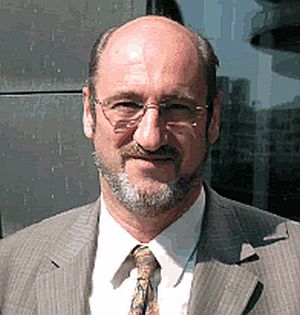Managing 70TB Of Reliable Data: EMA’s Big Challenge

Data analysis and interoperability for over 100 information systems is essential to the European Medicines Agency’s regulatory work, says Hans-Georg Wagner, IT chief at EMA
The EMA (European Medicines Agency), based in London, is a European Union public health agency that approves drugs and provides guidelines for health care providers and pharmaceutical firms for a region spanning from the Arctic Circle to the Mediterranean Sea.
As the head of information and communications technology , Hans-Georg Wagner oversees the IT operations for EMA. “The whole regulatory process of bringing drugs to market needs to be as sufficient as possible, and as-good-quality as possible, so we can be sure that our scientific opinion stands,” Wagner said.
Wagner spoke with eWEEK about how the EMA, equivalent to the US Food and Drug Administration (FDA), deals with the challenges of handling 100-plus information systems, aligning with worldwide standards and storing and analysing 70 terabytes of medical data.
How does the EMA approach health care IT?
We have what we call basic IT – financial and budget systems, human resources, electronic document management, record management, print and file serving, access control systems – so that is standard stuff that anybody would need.
And, going further out, there is a group of information systems directly related to the regulatory life cycle of medicinal products. So, for example, making sure that when a new application comes in, it’s actually registered and there is a formal reply provided, that the tracking process starts, that we can follow who is doing what.

So everything to do with the internal and external processes that will eventually lead to a scientific opinion. And of course everything to do with the monitoring of risk benefit profiles.
There is a family of information systems and standards and technical specifications called eSubmission, which is everything to do with using information technology to make it possible for applications and sponsors to submit their dossiers electronically in a single-defined format irrespective of the procedure to all the regulators.
For these things to work, we understood not immediately but a few years into the program that to achieve interoperability across Europe, you do have to have a common data model, which in Europe is called the reference data model.
And of course you need what is called controlled terminology.
If you try and book a flight with one of the cheap or not-so-cheap airlines online and want to enter the departure airport and the destination airport, you don’t have free text entry. You have to choose from a pick list. And that makes sure that you can’t enter an airport that doesn’t exist.
And similarly controlled terminology in medical information systems is there to control the quality of input. If a doctor puts in a reaction that is suspected to have been caused by a drug, the doctor will select the description of this adverse event from a drop-down list he or she has access to.
We have in total now something like 4,000 organisations registered in one of our systems, and we have 8,000 individual users in that system. We have 21,000 users of our systems, of which 20,000 are external users.
Historical developments have actually led to de facto technology standards.
The European institution selected many years ago following an open call for tender Oracle as the database management system. As a result we have Oracle as the database standard. There are a few exceptions, but mostly it’s Oracle.
This is one of these interesting discussions that is being had within the network, how to make sure these various national systems work with the European systems and with the European databases.